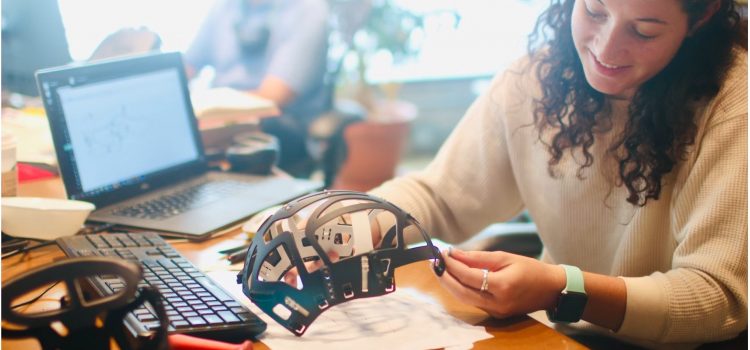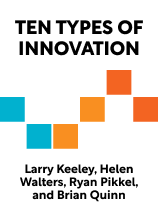

This article is an excerpt from the Shortform book guide to "Ten Types of Innovation" by Larry Keeley, Helen Walters, Ryan Pikkel, and Brian Quinn. Shortform has the world's best summaries and analyses of books you should be reading.
Like this article? Sign up for a free trial here.
What is product innovation? What are the two types of product innovation you should practice when creating products?
In Ten Types of Innovation, Larry Keeley and his co-authors identify only two types of innovation directly related to your product or service. These include innovations related to your core product and innovations related to how it fits into a larger system of products.
Keep reading to learn more about the types of product-related innovations.
1. Core Product Innovations
To begin, the first type of product innovation is the core product innovation. This type of innovation includes anything that improves your product or service itself. That could mean adding features that increase its capabilities, removing features to make it simpler and more user-friendly, tailoring it to better meet a certain user’s needs, or just producing it to a higher standard of quality.
Of course, to qualify as “innovation,” the changes need to make it stand out as unique. The authors caution that this type of innovation, by itself, usually makes the least difference in long-term profitability because core product improvements are relatively easy for other companies to copy. And as soon as your new feature or improvement becomes commonplace, it ceases to be innovative.
(Shortform note: As you work on core product innovations, how do you know when to add features (and complexity) and when to add simplicity by removing features? In Crossing the Chasm, innovation and marketing consultant Geoffrey Moore answers this question based on the psychographic category of customers that you want to appeal to: Adding features will attract mostly “innovators” and “early adopters,” while tailoring your product to the specific needs of a certain group is how you gain a foothold in the “early majority” market, and simplifications that make your product cheaper and more user friendly are important to attract “late majority” customers.)
2. Interfacing Product Innovations
In the second type of product innovation, you enhance the value or profitability of your product by improving how it interacts with other products. This might mean bundling your product with other complementary products, enabling users to customize your product with third-party accessories, or giving them tools to create their own add-ons.
The Whole Product Model
The authors’ discussion of the difference between core product innovations and interfacing product innovations is reminiscent of the “Whole Product Model” that Geoffrey Moore describes in Crossing the Chasm, but the Whole Product Model provides additional granularity and thus offers additional perspective on the scope of possible interfacing product innovations.
There are four parts to the Whole Product, three of which the authors lump into “interfacing products.” But you may want to consider each of them individually as you develop product-related innovations:
- The core product. Core innovation focuses on how you can make the product itself better.
- The “expected product,” which consists of the core product plus everything else the user needs to make it work. For example, if the core product is a hydrogen-powered car, the expected product would include things like access to a hydrogen fueling station. Expected product innovation makes it easier for the end user to get your product up and running.
- The “augmented product,” which consists of the expected product plus all the add-ons, peripherals, aftermarket upgrades, and so forth that are currently available to extend the product’s capabilities. For example, this might be a cargo trailer that you can hitch to your hydrogen-powered car. Augmented product innovation addresses how you can enhance the value of your product either by offering optional accessories or by making it compatible with existing peripherals from other companies.
- The “potential product,” which includes not only add-ons that already exist but all the add-ons that could possibly be built in the future. Potential product innovation addresses how you can design your product to support development of future accessories that will progressively enhance its value over time.

———End of Preview———
Like what you just read? Read the rest of the world's best book summary and analysis of Larry Keeley, Helen Walters, Ryan Pikkel, and Brian Quinn's "Ten Types of Innovation" at Shortform.
Here's what you'll find in our full Ten Types of Innovation summary:
- Why the overwhelming majority of innovation projects fail
- The ten different types of innovation, and which kind to apply to which project
- How to overcome the most common obstacles to innovation projects






